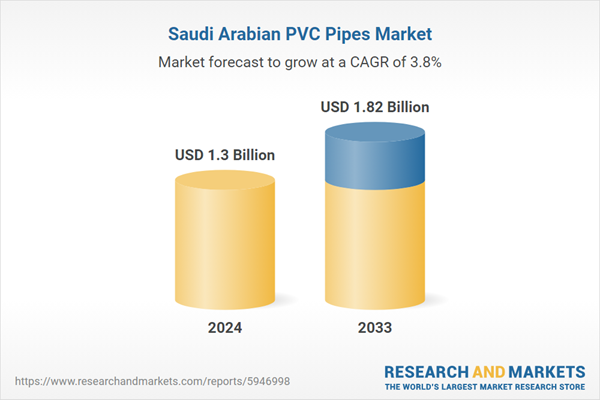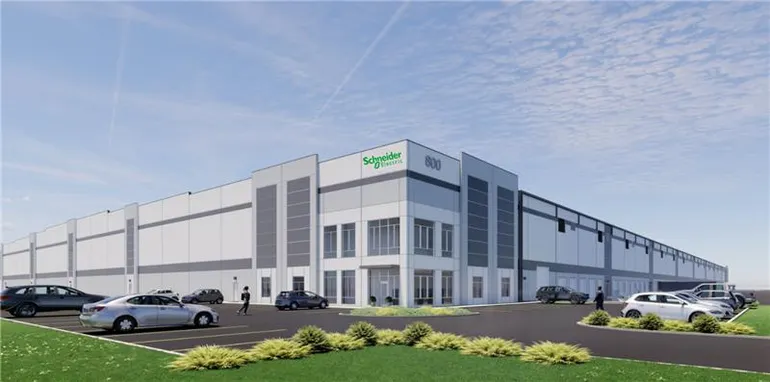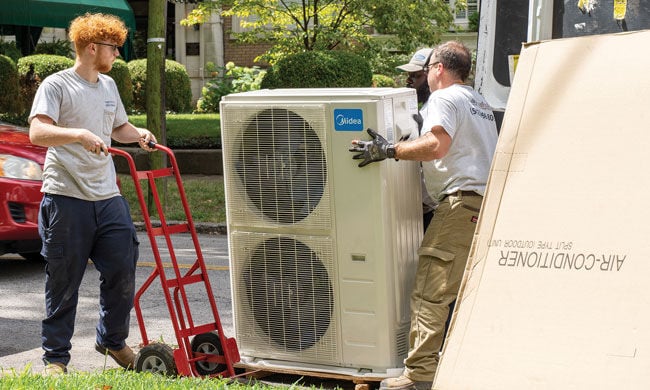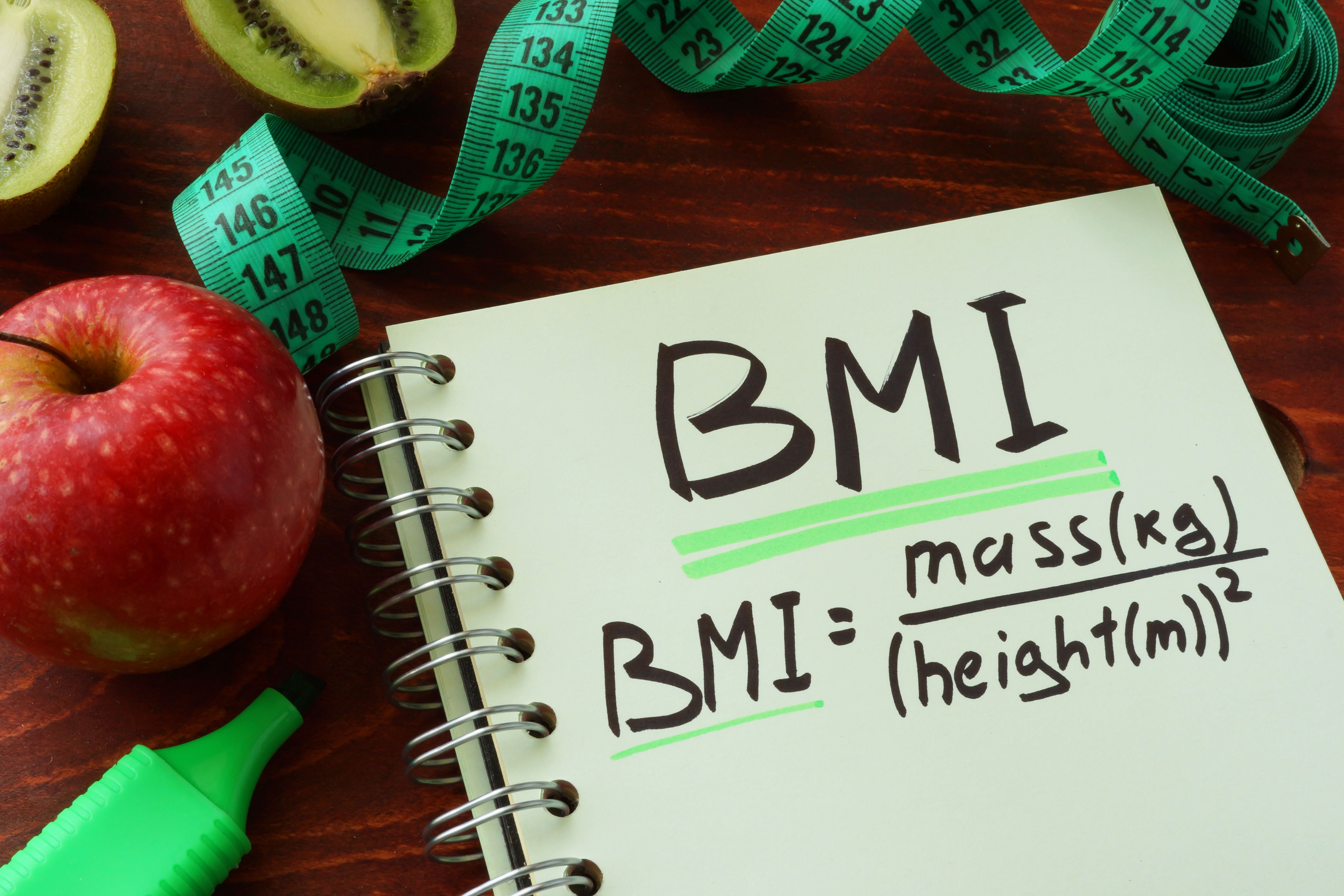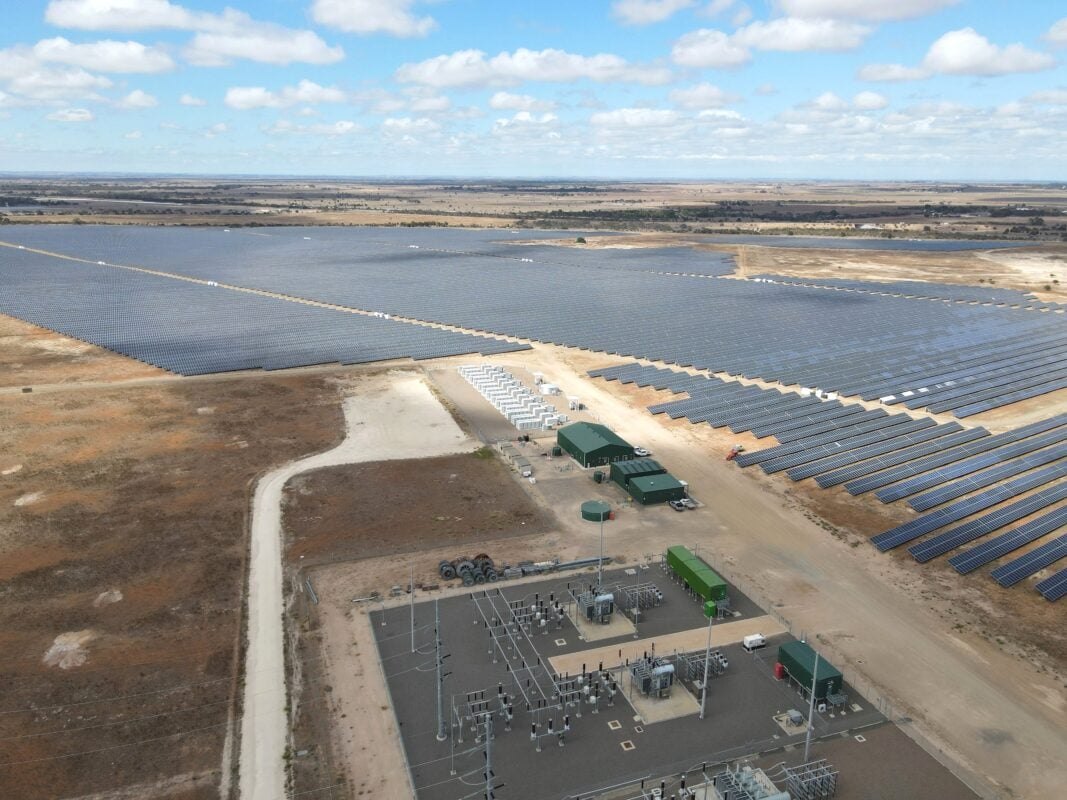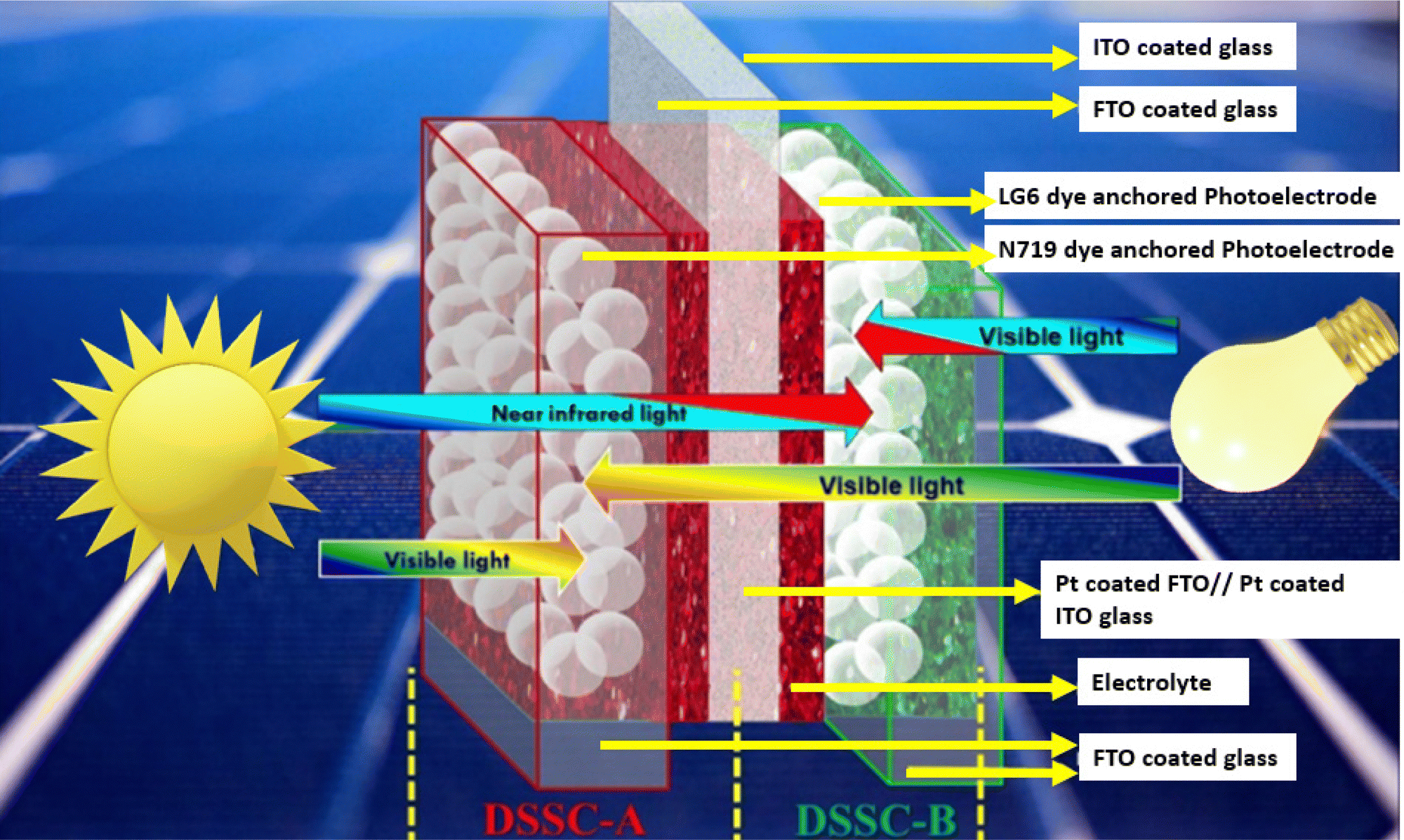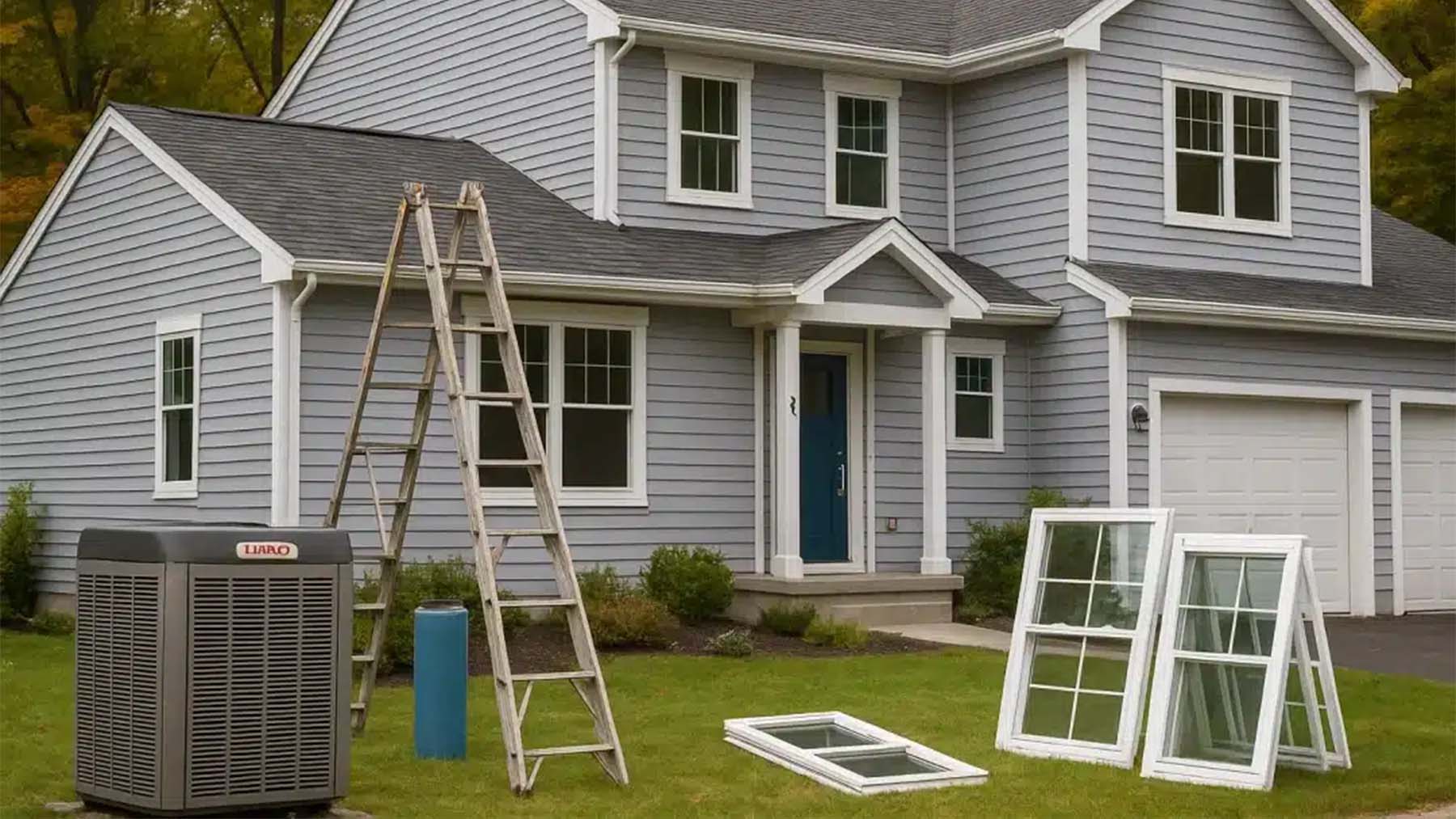10-Step Checklist for Energy Efficiency – Vocal

Report on Integrating Energy Efficiency and Smart Maintenance to Advance Sustainable Development Goals
Introduction: Aligning Facility Management with Global Sustainability Targets
The integration of energy efficiency and smart maintenance within facilities and asset management is a critical strategy for advancing global sustainability objectives. By optimising energy consumption and asset performance, organisations can achieve significant operational cost reductions, extend asset lifecycles, and enhance operational resilience. These actions directly support the United Nations Sustainable Development Goals (SDGs), particularly SDG 7 (Affordable and Clean Energy), SDG 9 (Industry, Innovation, and Infrastructure), SDG 11 (Sustainable Cities and Communities), SDG 12 (Responsible Consumption and Production), and SDG 13 (Climate Action). For entities operating in Australia, these strategies also ensure compliance with national frameworks such as the Energy Efficiency Opportunities (EEO) Act and the National Greenhouse and Energy Reporting (NGER) Act. This report outlines a ten-step framework for implementing these measures.
A Strategic Framework for Implementation
A phased approach is recommended, beginning with foundational assessments and progressing towards full technological integration and continuous optimisation.
Phase 1: Foundational Assessment and Planning
-
Conduct a Comprehensive Energy Audit
An initial energy audit is essential to establish a baseline for energy consumption and identify areas of inefficiency. This process is fundamental to SDG 12 by promoting resource efficiency.
- Measure current energy usage across all assets and systems.
- Identify key areas of energy waste.
- Formulate data-driven recommendations for optimisation strategies.
- Ensure compliance with regulations such as the Commercial Building Disclosure (CBD) Program and obtain a NABERS Energy rating.
- Utilise smart metering to enable real-time monitoring and performance benchmarking.
-
Digitise Maintenance Records
Transitioning from paper-based or spreadsheet systems to a digital maintenance management system is a key step in modernising asset management. This digitalisation supports SDG 9 by fostering innovation and improving industrial processes.
- Reduces human error in tracking maintenance and repair histories.
- Enables faster detection of recurring issues and informs predictive maintenance models.
- Provides a centralised database for all asset-related information.
-
Ensure Proper Building Insulation and Sealing
The physical integrity of a building’s envelope is a primary factor in its energy performance. Upgrading insulation and sealing air leaks directly reduces the energy demand for heating and cooling, contributing to SDG 7 and creating more sustainable infrastructure for SDG 11.
- Install double-glazed windows to minimise thermal transfer.
- Utilise high-performance thermal insulation materials in walls, roofs, and ceilings.
- Seal air leaks around doors, windows, and ductwork using weather-stripping and caulking.
Phase 2: Technological Integration and System Optimisation
-
Deploy IoT-Enabled Smart Sensors
The deployment of Internet of Things (IoT) sensors provides the real-time data necessary for smart building management. A pilot implementation on a critical system, such as HVAC or lighting, can demonstrate value before a full-scale rollout, advancing the innovation targets of SDG 9.
- Identify high-energy-consuming assets for initial sensor installation.
- Collect granular data on usage patterns and operational efficiency.
- Use analytics to identify trends and trigger automated adjustments, such as turning off lights in unoccupied rooms.
-
Optimise HVAC Systems
Heating, Ventilation, and Air Conditioning (HVAC) systems are typically the largest consumers of energy in a commercial building. Optimising their performance is a high-impact action for achieving SDG 7.
- Implement a regular maintenance schedule for cleaning and replacing filters to ensure efficient airflow.
- Upgrade to sustainable, energy-efficient HVAC filters that reduce system pressure drops.
- Install smart thermostats and variable speed drives to match output with real-time demand.
-
Upgrade Lighting Systems
Transitioning to modern lighting technology is a rapid and effective method for improving energy efficiency. This contributes to SDG 7 and supports SDG 12 by reducing electricity consumption and waste.
- Replace legacy lighting with energy-efficient LED systems.
- Integrate smart controls, including motion sensors, timers, and dimmable lighting, to prevent unnecessary energy use.
- Utilise daylight harvesting controls that automatically adjust artificial lighting based on natural light levels.
- Explore government incentives, such as the NSW Energy Savings Scheme and Victorian Energy Upgrades, to offset capital costs.
-
Implement a Building Management System (BMS)
A BMS serves as a centralised platform for integrating and automating control over a building’s core systems, including HVAC, lighting, and security. This level of integrated control is a hallmark of the resilient and sustainable infrastructure promoted by SDG 9.
- Reduces overall operational costs through automated efficiency.
- Optimises building performance by responding to real-time conditions.
- Ensures ongoing compliance with energy regulations through comprehensive monitoring and reporting.
- Leverage AI-driven analytics within the BMS to predict energy demand and proactively adjust system settings.
-
Explore Remote Monitoring for Predictive Maintenance
Remote monitoring capabilities enable facility managers to track asset performance and diagnose inefficiencies without being on-site. When combined with AI, this technology facilitates a shift from reactive to predictive maintenance, which enhances industrial efficiency (SDG 9) and promotes responsible production patterns by extending asset life (SDG 12).
- Sensors provide a continuous stream of real-time asset performance data.
- AI-driven analytics process this data to predict potential equipment failures.
- Automated alerts notify maintenance teams of required service before a breakdown occurs, minimising downtime and costly repairs.
Phase 3: Continuous Improvement and Adaptation
-
Monitor, Review, and Adapt
Achieving energy efficiency is an ongoing process of continuous improvement. A permanent cycle of review and adaptation ensures that facilities remain optimised and aligned with evolving sustainability standards and technologies, reinforcing long-term commitment to the SDGs.
- Establish Key Performance Indicators (KPIs) to measure energy savings against established benchmarks.
- Regularly review performance data and adapt strategies by adjusting system settings or upgrading components as needed.
- Schedule periodic assessments to ensure ongoing compliance with all relevant energy and environmental regulations.
Conclusion: Building Resilient and Sustainable Facilities
By systematically implementing these ten steps, organisations can transform their facilities into highly efficient, resilient, and sustainable operations. This strategic approach yields direct economic benefits through reduced operating costs and extended equipment lifespans while making a measurable contribution to achieving the Sustainable Development Goals. The integration of smart technologies and data-driven maintenance practices is no longer optional but essential for future-proofing facilities against rising energy costs and increasing regulatory scrutiny, thereby securing a competitive advantage in a climate-conscious economy.
SDGs Addressed in the Article
-
SDG 7: Affordable and Clean Energy
The article’s central theme is energy efficiency, which is a cornerstone of SDG 7. It provides a detailed guide on how businesses can reduce energy consumption through various strategies, directly contributing to making energy use more sustainable.
-
SDG 9: Industry, Innovation, and Infrastructure
The text heavily promotes upgrading infrastructure (buildings, HVAC, lighting) and adopting innovative technologies like IoT sensors, Building Management Systems (BMS), and AI-driven analytics to create resilient and sustainable facilities. This aligns with building sustainable infrastructure and retrofitting industries.
-
SDG 11: Sustainable Cities and Communities
By focusing on improving the energy efficiency of buildings, the article addresses a key component of sustainable urban development. Efficient buildings reduce the overall environmental footprint of cities. The mention of Australia’s Commercial Building Disclosure (CBD) Program and NABERS Energy rating links these practices to urban sustainability regulations.
-
SDG 12: Responsible Consumption and Production
The article encourages businesses to adopt more sustainable practices by reducing their energy consumption. This is a direct form of responsible consumption of resources (energy) and promotes more sustainable production patterns by minimizing waste and environmental impact.
-
SDG 13: Climate Action
Reducing energy consumption through efficiency measures directly lowers greenhouse gas emissions, which is a critical action for combating climate change. The article explicitly links these strategies to compliance with regulations like the National Greenhouse and Energy Reporting (NGER) Act, which is a national climate action policy.
Specific SDG Targets Identified
-
Target 7.3: By 2030, double the global rate of improvement in energy efficiency.
- The entire article is a practical guide for businesses to improve their energy efficiency. It details ten specific steps, from conducting energy audits and upgrading lighting to implementing smart BMS, all aimed at achieving significant gains in energy efficiency.
-
Target 9.4: By 2030, upgrade infrastructure and retrofit industries to make them sustainable, with increased resource-use efficiency and greater adoption of clean and environmentally sound technologies and industrial processes.
- The article advocates for upgrading existing building systems like HVAC and lighting. It promotes the adoption of “environmentally sound technologies” such as IoT sensors, AI-driven analytics for predictive maintenance, and integrated Building Management Systems (BMS) to enhance resource-use efficiency.
-
Target 11.6: By 2030, reduce the adverse per capita environmental impact of cities, including by paying special attention to air quality and municipal and other waste management.
- The strategies discussed, such as optimizing HVAC systems (which “accounts for nearly 50% of a building’s total energy use”) and improving insulation, directly contribute to reducing the energy consumption and, therefore, the environmental impact of buildings within cities.
-
Target 12.2: By 2030, achieve the sustainable management and efficient use of natural resources.
- Energy is a critical natural resource. The article’s focus on conducting energy audits to “identify energy waste areas,” using smart sensors to track “unnecessary energy consumption,” and implementing measures to reduce utility bills directly addresses the efficient use of this resource.
-
Target 13.2: Integrate climate change measures into national policies, strategies and planning.
- The article explicitly states that the recommended energy efficiency strategies “align with national sustainability targets and regulatory requirements such as the… National Greenhouse and Energy Reporting (NGER) Act.” This demonstrates how corporate actions can align with and support national climate policies.
Indicators for Measuring Progress
-
Energy Consumption Data
The article implies the use of specific data points to measure energy efficiency. This includes “reduced utility bills,” real-time data from “IoT-enabled sensors” and “smart metering,” and formal assessments like the “NABERS Energy rating” required under the Commercial Building Disclosure (CBD) Program.
-
Key Performance Indicators (KPIs) for Energy Savings
The article directly suggests setting and tracking KPIs to “measure energy savings against benchmarks.” This provides a clear, quantifiable indicator of progress towards energy efficiency targets.
-
Adoption Rate of Smart Technologies
Progress can be measured by the implementation of technologies mentioned in the article, such as the number of “IoT sensors” installed, the deployment of a “Building Management System (BMS),” and the use of “AI-driven analytics” for predictive maintenance.
-
Compliance and Reporting Data
Compliance with regulations like the “National Greenhouse and Energy Reporting (NGER) Act” serves as an indicator. The data reported under this act, such as greenhouse gas emissions, can be used to track progress in reducing environmental impact.
-
Operational Efficiency Metrics
The article mentions benefits like “extended asset lifecycles” and a “25% reduction in downtime” for a retail chain that digitized maintenance. These operational metrics serve as indirect indicators of the success and sustainability of the implemented strategies.
Summary Table of SDGs, Targets, and Indicators
| SDGs | Targets | Indicators |
|---|---|---|
| SDG 7: Affordable and Clean Energy | Target 7.3: Double the global rate of improvement in energy efficiency. |
|
| SDG 9: Industry, Innovation, and Infrastructure | Target 9.4: Upgrade infrastructure and retrofit industries to make them sustainable… with greater adoption of clean and environmentally sound technologies. |
|
| SDG 11: Sustainable Cities and Communities | Target 11.6: Reduce the adverse per capita environmental impact of cities. |
|
| SDG 12: Responsible Consumption and Production | Target 12.2: Achieve the sustainable management and efficient use of natural resources. |
|
| SDG 13: Climate Action | Target 13.2: Integrate climate change measures into national policies, strategies and planning. |
|
Source: vocal.media

What is Your Reaction?
 Like
0
Like
0
 Dislike
0
Dislike
0
 Love
0
Love
0
 Funny
0
Funny
0
 Angry
0
Angry
0
 Sad
0
Sad
0
 Wow
0
Wow
0




























